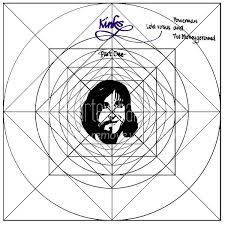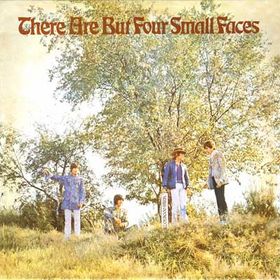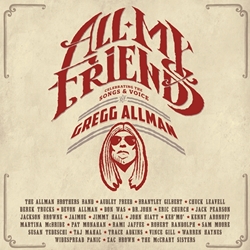Description

Courtesy – forbes.com – By the time sessions for the album Lola Versus Powerman And The Moneygoround, Part One began in April of 1970, The Kinks found themselves within what was becoming a characteristic period of turmoil.
Original bassist Pete Quaife left the group for good in 1969, replaced by John Dalton, and John Gosling took over keyboards from Nicky Hopkins, debuting on “Lola.”
In liner notes for a new 50th anniversary reissue of the album, principal Kinks songwriter Ray Davies observes that the group’s royalties were withheld for a period of nearly five years leading up to the Lola release, the result of a publishing lawsuit.
Further complicating The Kinks’ financial situation, the group was not allowed to tour the United States between most of 1965 and 1969, thanks to a ban by the American Federation of Musicians, leaving band members unable to fully capitalize on the British Invasion’s hold over the American audience at its peak.
In desperate need of a hit, all of it impacted the group’s outlook heading into the Lola Versus Powerman sessions.
“It did stimulate the writing and putting together of the album. Because it was great to get back to touring in the States again to really connect with our audience after the ban,” said Kinks guitarist Dave Davies. “But we were going through a transition period – with personnel, our management, publishing. There was a hell of a lot going on. The album kind of reflects the environment we were involved in at the time.”
Lola Versus Powerman saw the Davies brothers addressing the music industry in their inimitable fashion. “Denmark Street” takes on publishers, “Top of the Pops” the press. “This Time Tomorrow” reflects on the difficulties of life on the road while “Get Back in Line” alludes to the group’s touring ban.




